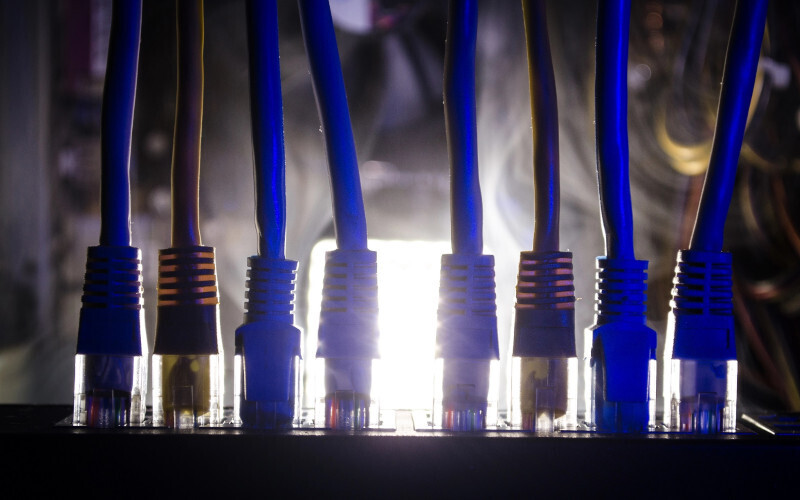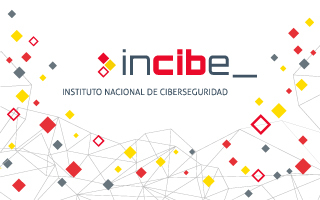
Today, one of the most critical, but least known, procedures in industrial security is the secure development. This article gathers all the best practices for the creation of specific applications and equipment for industrial environments in a secure manner. Security aspects that must take into account both the work done during the design (confidentiality of the company and customers, workers' security...), and the security that the designed product itself must present throughout its life cycle (vulnerability management, access control, input/output management...).
The aim of this article is to address the good practices of secure development, from the perspective of industrial cybersecurity. Although traditional best practices can be applicable to these environments, the fundamental aspects of safety and availability generate different approaches, mainly in aspects related to memory and resource management, update and patch management cycles, etc.

This article aims to present a brief example guide for an implementation of the new standard in a supplier's facilities.
Going through the critical points of the standard, a generic use case will be followed to exemplify how a vehicle manufacturer can adapt its processes to comply with the new standard in an efficient and effective way.
By presenting an overview of the standard and production processes, the aim is to provide a brief guide to serve as a starting point and help avoid common failures in industrial environments when faced with new regulations, such as redundancy of effort, inefficiency in resource management and deficiencies in the application of safety measures.

A CI/CD (Continuous Integration/Continuous Deployment) pipeline is an essential tool in modern software development, which allows you to automate and optimize the entire development lifecycle, from code integration to its deployment in production. The article aims to explain security in CI/CD pipelines, motivating readers to adopt automated practices that not only optimize software development, but also minimize the associated risks. Keep in mind that automation carries certain risks if not handled safely, as it can increase the attack surface for cybercriminals. It underscores the importance of implementing security controls at every stage of the pipeline, urging developers to take initiative-taking steps to protect their code, their environments, and ultimately, their final products.

Larger scale and complexity industrial control networks present risks, and cybersecurity needs that usually cannot be met by applying a traditional segmentation model. Factors such as the presence of critical obsolete equipment, equipment managed by third parties or the increased presence of IoT technologies that require external connections, are motivating the adoption of more advanced architectures when applying the principle of defense in depth.
Proper segmentation can be a fundamental aspect in preventing attacks, especially in their propagation to essential and critical production assets. It is also important to adapt to the environment to be segmented. It is a common mistake to try to segment networks based on concepts and schemes like the IT environment.
This article will present some new network models and tips to work on a correct segmentation in an environment where different components are involved (OT, IIoT, IT, IoT).


Organizations face the constant challenge of adopting new security strategies, such as the Zero Trust model, which operates under the premise of "never trust, always verify." This change is crucial especially in cloud environments, where identity and resource access management is more complex. In particular, the Secure Web Gateway (SWG) is a key system, which focuses on controlling user access to the web, protecting against web-based threats, and enforcing security policies. It acts as an intermediary between users and the internet, filtering and inspecting web traffic to ensure it meets the organization's security requirements.
However, implementing and managing SWGs presents significant challenges, such as integration with existing infrastructures, managing complexity, and scalability. These challenges require meticulous attention to ensure effective and efficient protection in the changing cybersecurity landscape. This article explores the purpose and function of SWGs, as well as their architecture, their ability to protect against cyber threats, and best practices for their implementation.



The ability to monitor and analyze the behavior of users and entities becomes crucial for early detection and response to potential threats. UEBA solutions identify unusual or anomalous patterns in user behavior, enabling rapid identification of internal threats or external compromises. This post focuses on how UEBA analysis is becoming an essential tool for a cybersecurity strategy, from identifying suspicious behavior to preventing potential security breaches.



